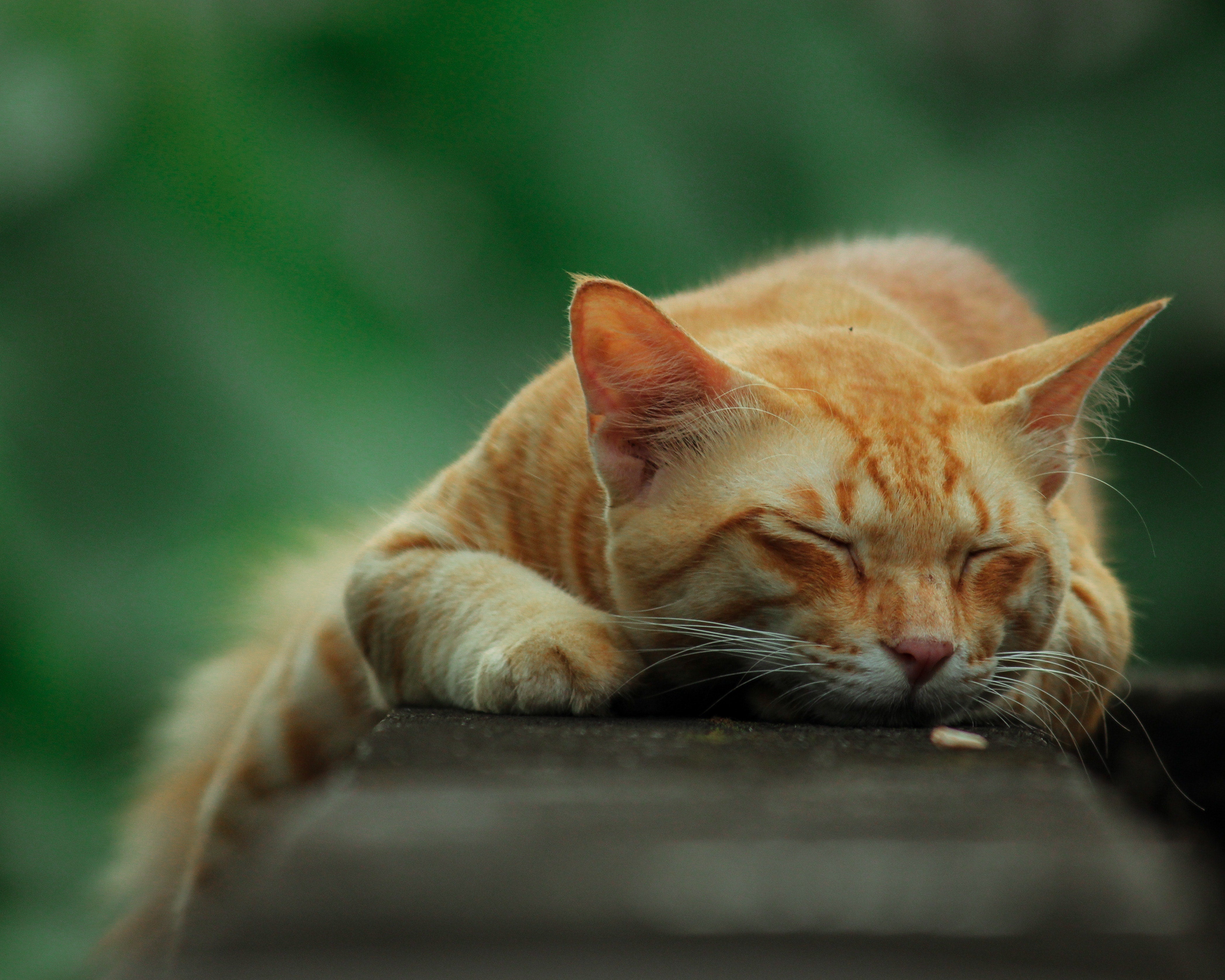How to prevent and treat feline acne
Feline acne in cats is a poorly understood disorder of follicular keratinization. Keratinization refers to the overproduction of keratin, a protein found in the outer layer of skin. If this excess keratin is trapped in the hair follicle, comedones or 'blackheads' form. Pustules or 'pimples' may form if bacteria infect the comedones. Chin acne in cats is similar to the acne that humans get. Cat acne is characterized by the development of folliculitis (inflammation of the hair follicles) and furunculosis (larger sores similar to 'boils').
If you find black "cinders" on the chin, nostrils, mouth, or even strange cysts and abscesses - that's a cat with a "black chin", or to put it another way: feline acne.
I. Reasons for feline acne
1. Entering sexual maturity, sex hormone exuberance
This is somewhat similar to human pimples, the cat enters the physiological sexual maturity, and sex hormone flourishing, resulting in increased secretion of oil from the sebaceous glands. Then when the cortex blocks its follicular pores, it will lead to inflammation of its hair follicles.
2. Unclean and inappropriate tableware
After noticing the black chin, first check the tableware, toys, etc., that the cat usually uses to see if they are greasy and dirty, if you do not usually pay attention to the cleaning of cat supplies, it is most likely to breed bacteria.
In one, if the cat’s mouth is small and flat, the cat's chin will rub against the cat food for a long time when eating. You can change to a larger, sloped stainless steel or ceramic bowl for your cat, which is easy to clean and does not easily hide dirt.
3. Feeding habits are not good, tableware is not suitable
Usually, if you want to make your cat’s eating easier, pour the food at once pour in the bowl, and always leave some leftover food in the bowl. After spraying oil treatment of cat food, long exposure to the air can make it easy to breed a lot of bacteria. You must make sure to cover the food after some time to avoid bacteria.
4. Stress, endocrine disorders
You can’t ignore the cat’s psychological problems and it is not surprising that a large amount of stress can easily lead to endocrine disorders and a black chin.
These issues are more common in male cats than in female ones, and the black chin will be greatly reduced after de-sexing.
5. Immune deficiency, bacterial/viral infection
Cats with immune deficiency diseases are more likely to get black chin. If the hygiene conditions at home are poor, dust and bacteria will accumulate over time, and cats exposed to bacteria or viruses will also be more likely to get skin diseases and infections with black chin. Cats with bacterial infections can go to the hospital for skin scraping to confirm the diagnosis so that the right medicine can be prescribed.6. Other factors such as allergies. Some cats will be allergic to air fresheners and develop feline acne.

II. How to treat feline acne
Feline acne is a relatively common skin disease in cats, and all pooper scoopers do not need to worry too much. Generally speaking, black chin in cats can be effectively removed by medication, improving hygiene, and regulating diet.
People who have cats with wild black chins can improve the things mentioned above and observe if it works. If the condition worsens, it is necessary to take the cat to the hospital and use the right medicine under the guidance of the doctor.
For mild feline acne: you can use hot towels and soften the black spot. Sterilized the wet paper towel to wipe down, and wipe a 2 to 3 times a day for a few days to see significant improvement. Be careful not to use your hands directly to pick.
Severe feline acne needs to be properly trimmed with an electric razor, clean the infected area with a cotton swab, and then apply an antibiotic ointment (such as erythromycin ointment) or anti-seborrhea medication once or twice a day. Before applying the medication, you can dip cotton in warm water and cover the chin for 30 seconds, which will make the subsequent medication more easily absorbed.

III. How to prevent the feline acne
1. Cat food and feline acne are not directly related. Some cat owners have tried to give their cats vegetarian cat food but still can’t improve their black chin. It’s mainly related to the physical condition of individual cats. The greasy food doesn’t make a difference to those who are already suffering from the black chin. You can try to give your cat a light diet, reduce the intake of fats and oils, choose some cat food and canned food with low fats and oils, especially not feeding your cat frequent canned seafood and other seafood snacks.
2. Unlike other places, a cat's chin can be cleaned by licking. Be sure to pay attention to maintaining the daily cleanliness of the chin, and promptly clean the food residue on the chin and around the lips after the cat's meal to reduce the breeding of bacteria.
3. It is recommended to use stainless steel tableware and ceramic looks more beautiful, but the owner has to diligently wash the dishes.
4. Pay attention to the ventilation and cleanliness of the cat's living environment, regularly clean and disinfect the cat's litter and utensils, and frequently put them in the sun to sterilize them.5. When bathing cats, you can use anti-lipid overflow special bathing gel for cats to help break down the excess skin oil to reduce skin surface acne.



